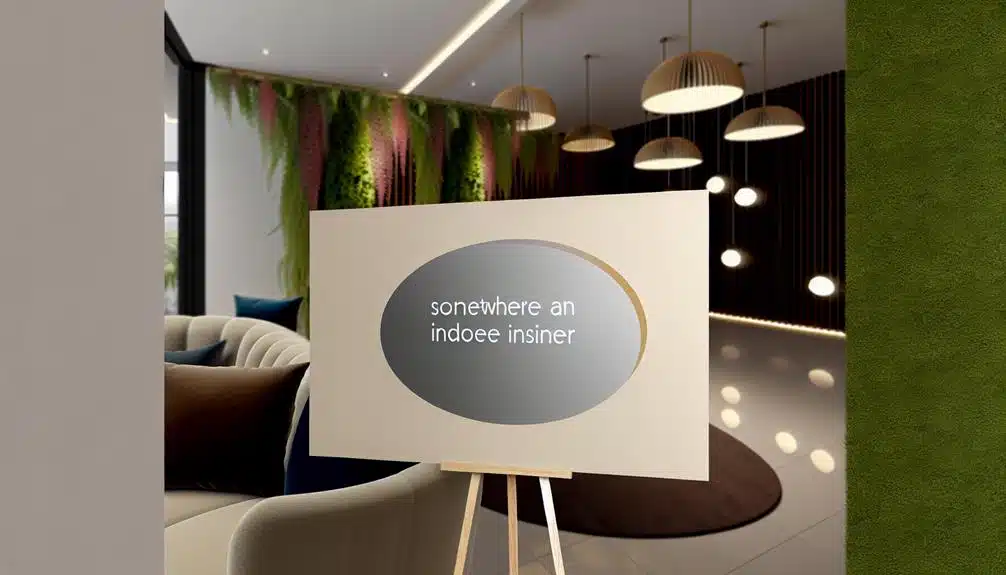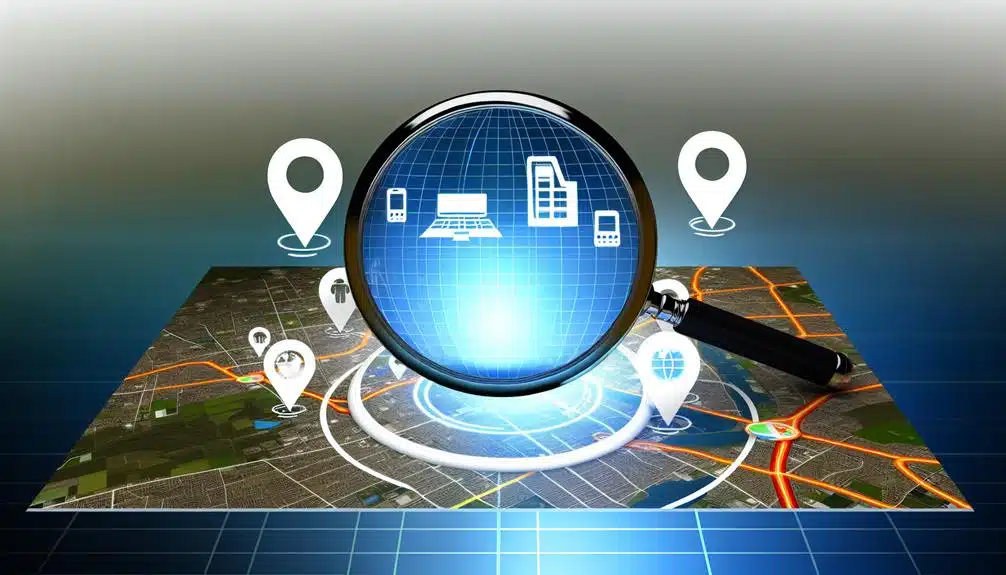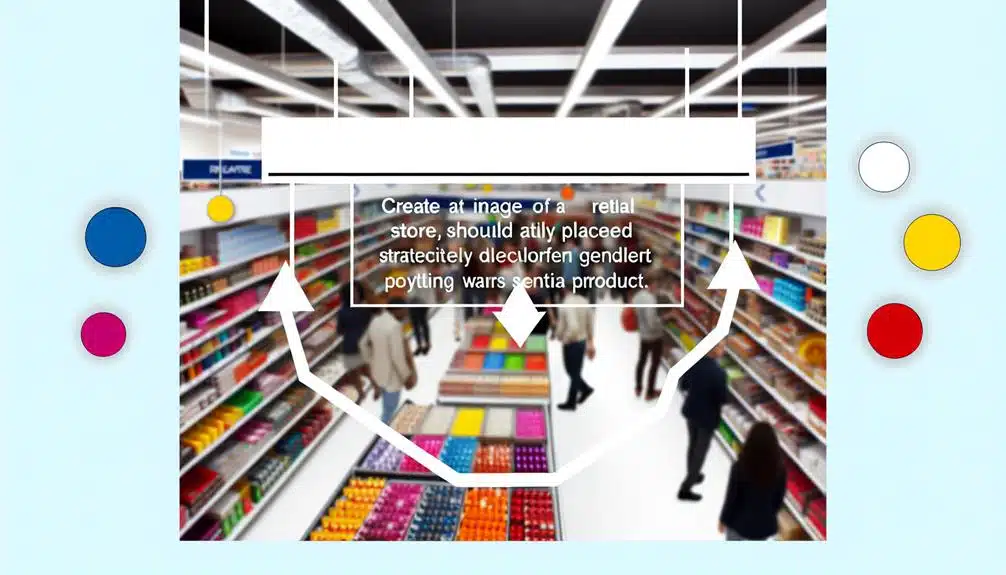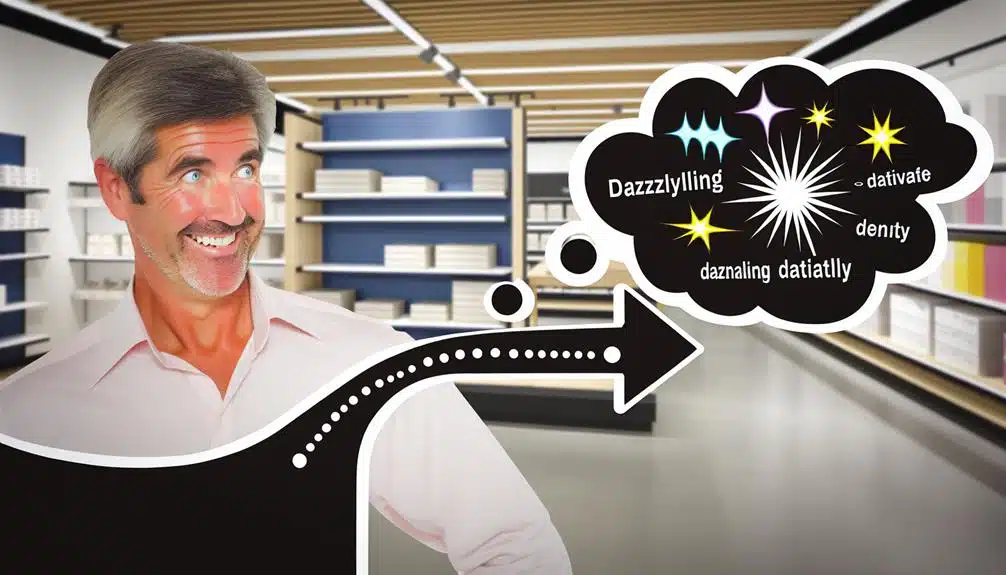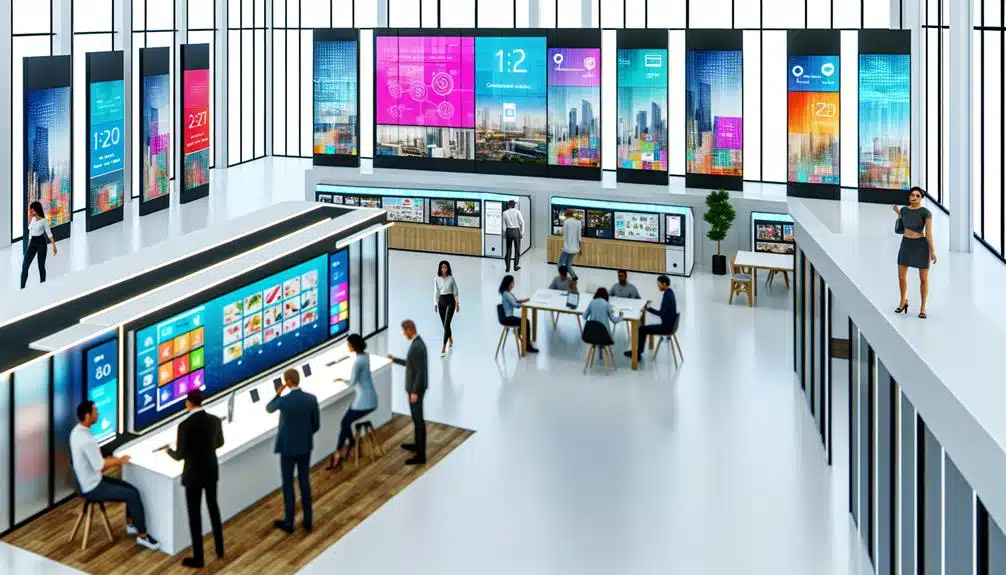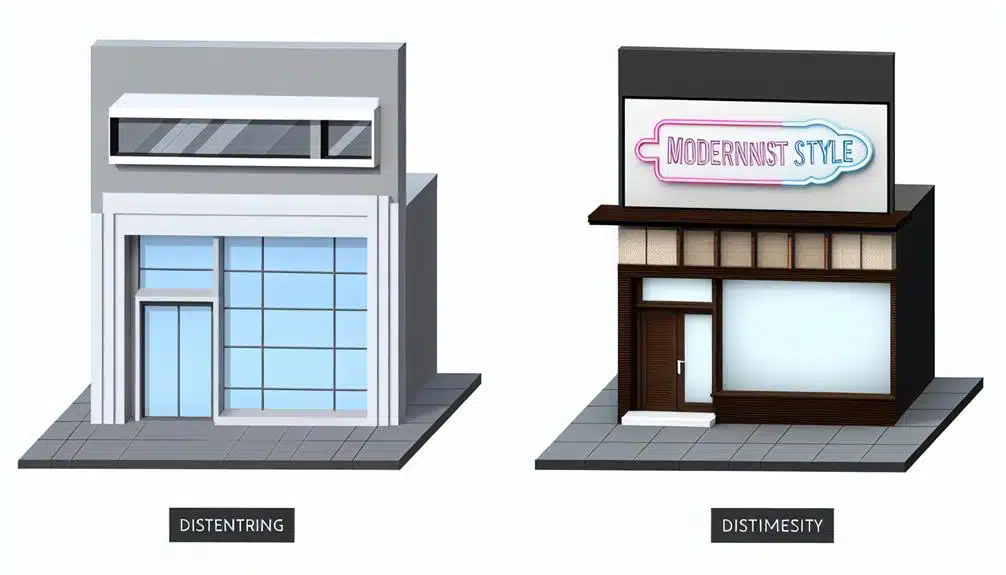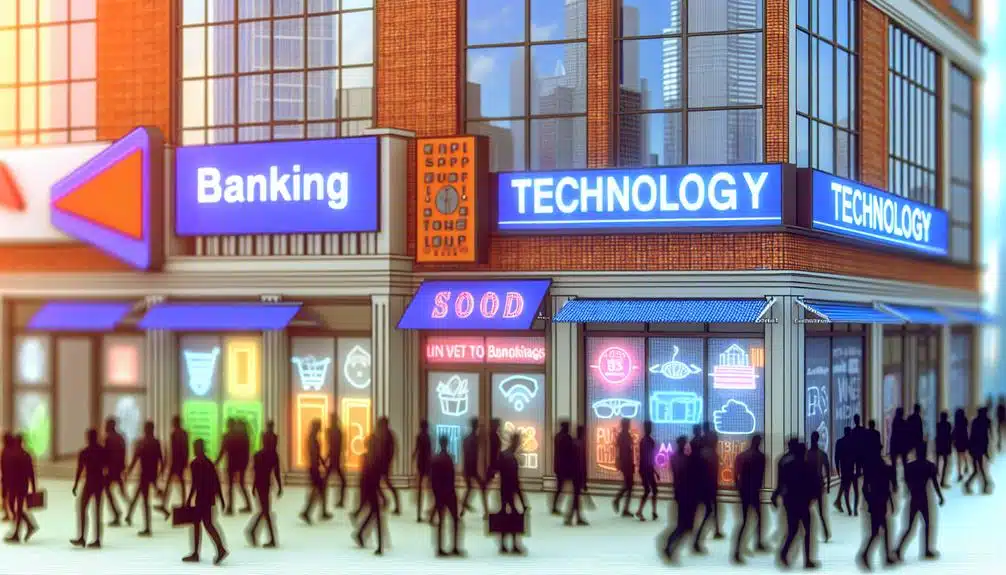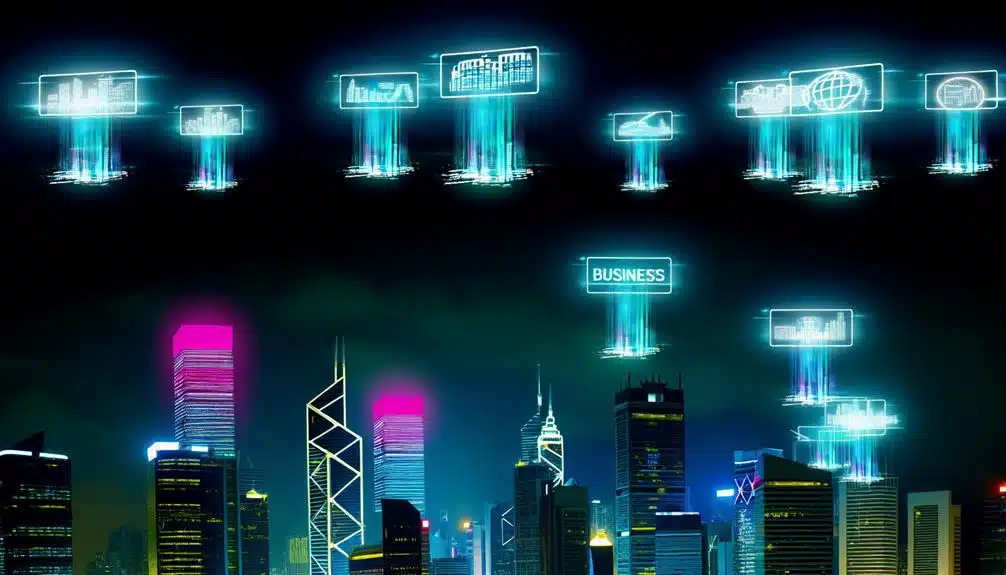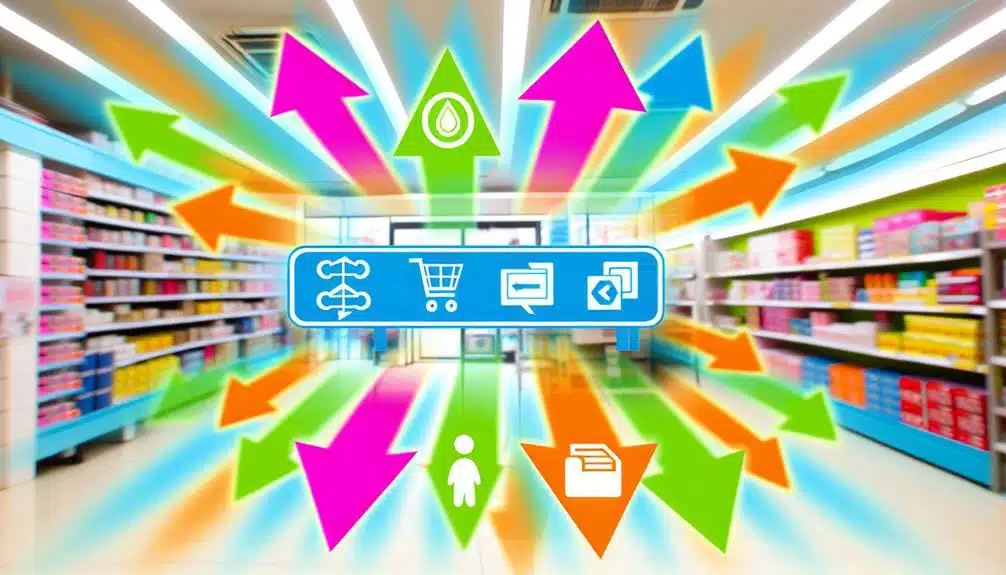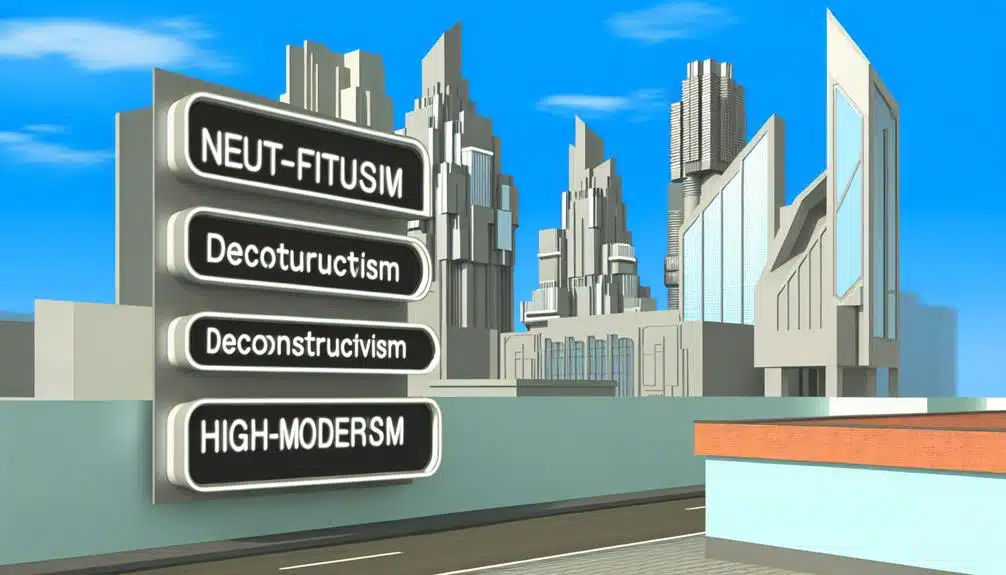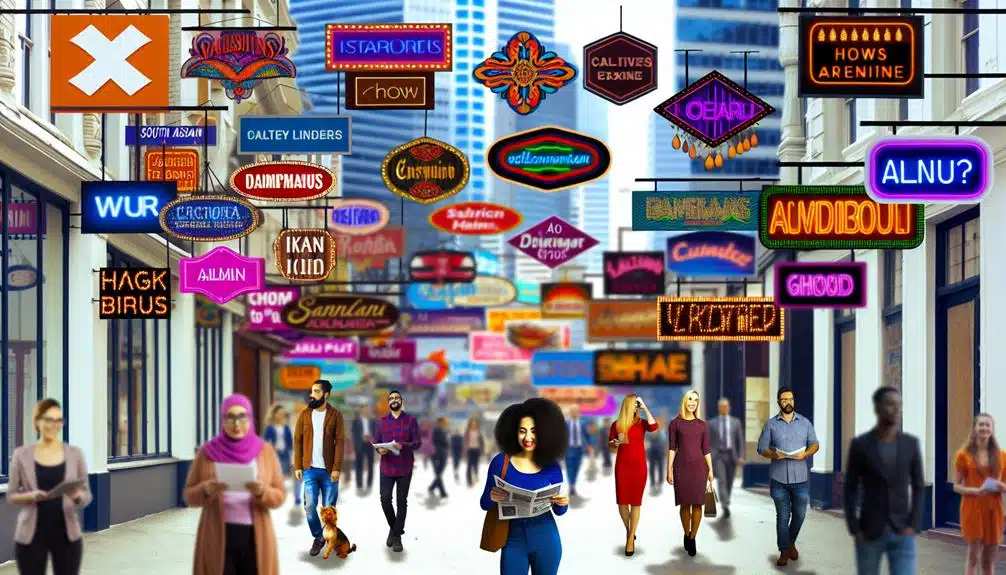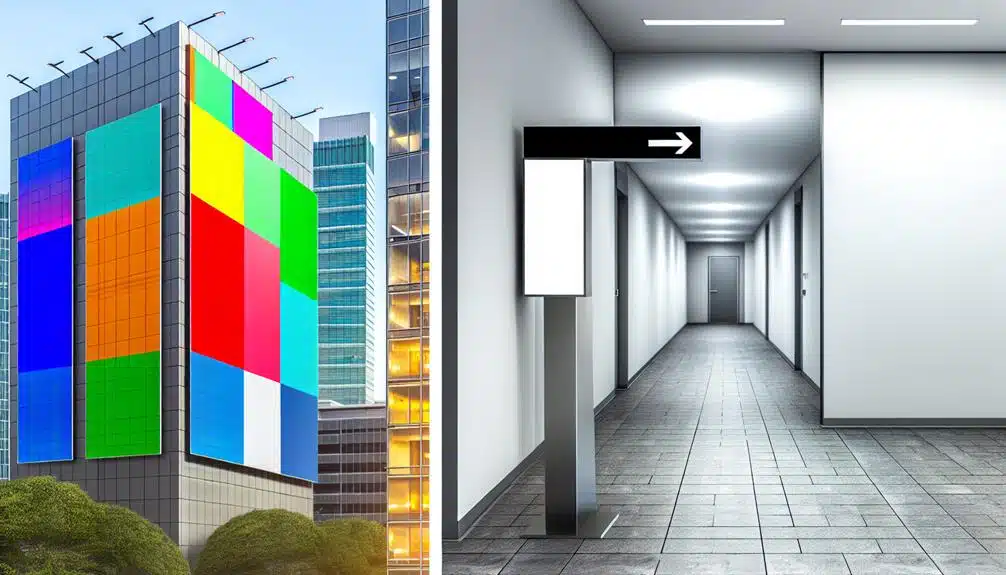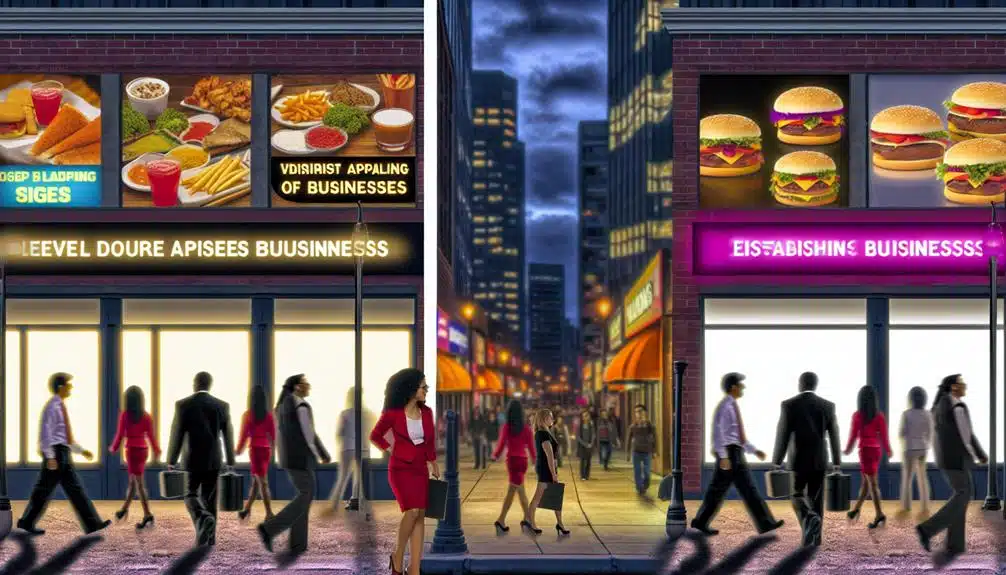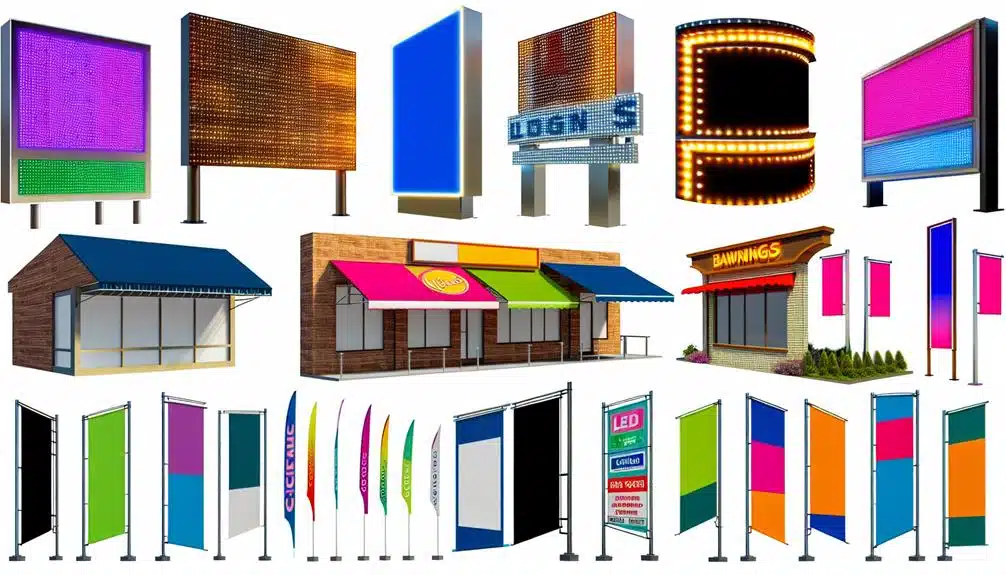Did you know that, according to the Outdoor Advertising Association of America, over 70% of commuters are influenced by billboard messages? This tells you that outdoor advertising tactics, especially when it comes to billboards and other outdoor signage, aren’t just a shot in the dark. They’re strategic, calculated moves that can seriously pay off when done right. But what does ‘done right’ mean in this context? That’s something we’ll definitely explore further, so stick around. You won’t want to miss what we’ll unravel about the secrets behind successful outdoor advertising.
Understanding Outdoor Advertising Basics
So, what exactly is outdoor advertising and why should you care about it? It’s a type of advertising that reaches consumers while they’re outside their homes. Think billboards, bus stops, taxis, and park benches. It’s everywhere, and it’s vital to your business.
Now, why should you care? Because outdoor advertising is a powerful tool that can boost your brand awareness, increase your customer base, and drive sales. It’s all about location and visibility. That’s where ad space negotiation comes in. You need to secure the best spots to reach your target audience effectively.
However, it’s not just about finding the perfect location. There’s also the matter of regulatory considerations. Outdoor advertising laws vary by city, state, and country. You must understand these laws to avoid penalties and ensure your ads are compliant.
Don’t forget, the main goal is to create compelling, eye-catching ads that make people stop, look, and remember your brand. So, get creative, be strategic, and take advantage of outdoor advertising. With the right approach, it can make a significant difference to your business.
Importance of Strategic Billboard Placement
In the realm of outdoor advertising, strategic billboard placement plays a pivotal role in capturing your audience’s attention and making your ad campaign successful. It’s not just about having a captivating design and a compelling message, it’s also about where you position your billboard.
Visibility Analysis comes into play here. It’s the process of assessing the visual impact of your billboard from different angles and distances. You’ll want to ensure your billboard is easily seen by as many people as possible. It’s crucial to think about factors such as the speed of passing traffic, sight lines, and any potential obstructions.
Location Research is another key aspect of strategic billboard placement. You need to know your audience and aim to position your billboard where it’s most likely to be seen by them. This might be near shopping centers, along busy highways, or in city centers. Consider the demographics of the area, the types of businesses nearby, and the typical traffic patterns.
Effective Design Principles for Outdoor Signage
Crafting effective outdoor signage isn’t just an art—it’s a strategic game that demands clear, bold designs and clever messaging to catch your audience’s eye. Color psychology plays a crucial role here. Reds and yellows, for instance, can ignite urgency or excitement, while blues and greens tend to evoke calm and trust. So, choose colors that align with your brand’s personality and the emotions you wish to trigger in viewers.
Typography choices are another critical element. Your font should be not only attractive but also legible from a distance. Bold, sans-serif fonts typically work best for outdoor signs due to their simplicity and readability. Avoid cluttering your signage with too many different font styles. Stick to a couple that complement each other and your overall design.
Harnessing Technology in Outdoor Advertising
Harnessing the power of technology can dramatically boost your outdoor advertising game, transforming simple billboards into dynamic, interactive displays that engage and captivate your audience. Consider digital billboards. They’re no longer just static images. They can display videos, animations, and even real-time updates, making your ads more eye-catching. You’re able to switch your messages quickly, which is a boon if you have multiple campaigns or time-sensitive promotions.
But don’t stop at digital billboards. Augmented Reality (AR) is another tech trend you can tap into. Imagine your audience pointing their smartphones at your billboard and seeing your product come to life in their hands, or watching a virtual model showcase your clothing line on the street. AR creates an immersive experience that goes beyond passive viewing, encouraging active engagement with your brand.
Case Studies: Successful Outdoor Advertising Campaigns
Now that we’ve explored the impact of technology in outdoor advertising, let’s take a look at some real-world examples of successful campaigns that have creatively utilized these strategies.
The first case that comes to mind is Coca-Cola’s “Share a Coke” campaign. By replacing their iconic logo with popular names, Coca-Cola invited consumers to find personalized bottles and share them on social media. Campaign Analytics showed a significant increase in sales during that period, with audience engagement skyrocketing.
Another example is Spotify’s “2018 Goals” campaign. They used their data to create witty billboards highlighting quirky user habits, such as “Be as loving as the person who put 48 Ed Sheeran songs on their ‘I Love Gingers’ playlist.” This campaign used humor to engage their audience and highlight the personalization Spotify offers.
Lastly, consider McDonald’s “Follow the Arches” campaign. They deconstructed their famous golden arches into directional signs leading to the nearest McDonald’s. This novel approach not only increased footfall but also won awards for its creative use of outdoor advertising.
These campaigns demonstrate the power of creative outdoor advertising. Utilizing technology and data, they’ve successfully increased audience engagement and achieved their marketing goals.
Frequently Asked Questions
What Are the Legal Considerations for Outdoor Advertising?”
When planning your outdoor advertising, it’s important to consider legal aspects. You’ll need to understand zoning regulations, which can vary greatly. Some areas may prohibit certain types of signage. You’ll also need to secure the required permits for your advertising, ensuring you’re compliant with local laws. Don’t overlook these essential steps in your marketing strategy. Doing your homework now can save you legal headaches down the road.
How Does Weather Impact the Durability and Visibility of Outdoor Advertisements?”
Weather greatly affects your outdoor ads’ durability and visibility. Material selection is crucial. You’ll want to use weather-resistant materials to withstand harsh conditions. Design innovations also come into play. For example, using brighter colors or LED lights can improve visibility in poor weather. Remember, your ad needs to be seen clearly, no matter the weather. So, strategize effectively and get creative with your designs and material choices.
What Are the Costs Associated With Maintaining Billboards and Outdoor Signage?”
The costs you’ll encounter maintaining billboards and outdoor signage can vary. Considerations include the initial billboard design, advertisement placement, and the cost of repairs due to weather or vandalism. Regular inspections and cleaning are also essential to keep your ad visible and attractive. So, you’re not just paying for a spot, you’re investing in the upkeep of your message. Strategically planning for these costs can make your outdoor advertising campaign more effective.
How Can Outdoor Advertising Be Integrated Into a Wider Marketing Strategy?”
You can integrate outdoor advertising into your marketing strategy by leveraging geolocation targeting and cross-promotion strategies. Use billboards and outdoor signs in areas where your target audience frequents. This’ll ensure maximum visibility. Also, cross-promote with your digital efforts. Include QR codes or website URLs on your signs to drive online traffic. Remember, a successful strategy uses all platforms in harmony.
What Are the Environmental Impacts of Outdoor Advertising?”
You’re right to consider the environmental impacts of outdoor advertising. Sadly, it’s not always eco-friendly. Traditional billboards can consume significant energy and materials. However, you can adopt sustainability practices like using digital boards, which use less energy, or eco-friendly materials such as recycled plastic or biodegradable inks. It’s vital to remember that being green doesn’t just benefit the planet, it also enhances your brand’s image.
Conclusion
So, you’ve learned the ropes of outdoor advertising. Remember, strategic placement and effective design are key for your billboards and signage. Embrace technology for a modern edge. And don’t forget to draw inspiration from successful campaigns. Now, it’s your turn to create impactful outdoor ads that grab attention and boost your brand. Go ahead, take the outdoor advertising world by storm!





